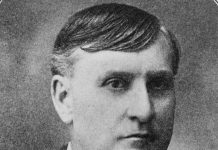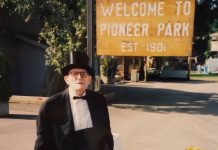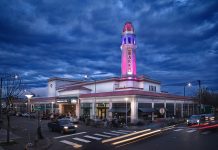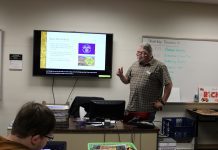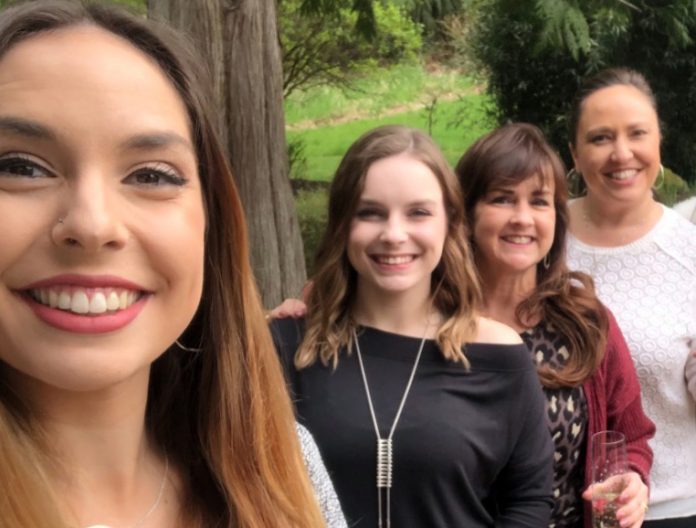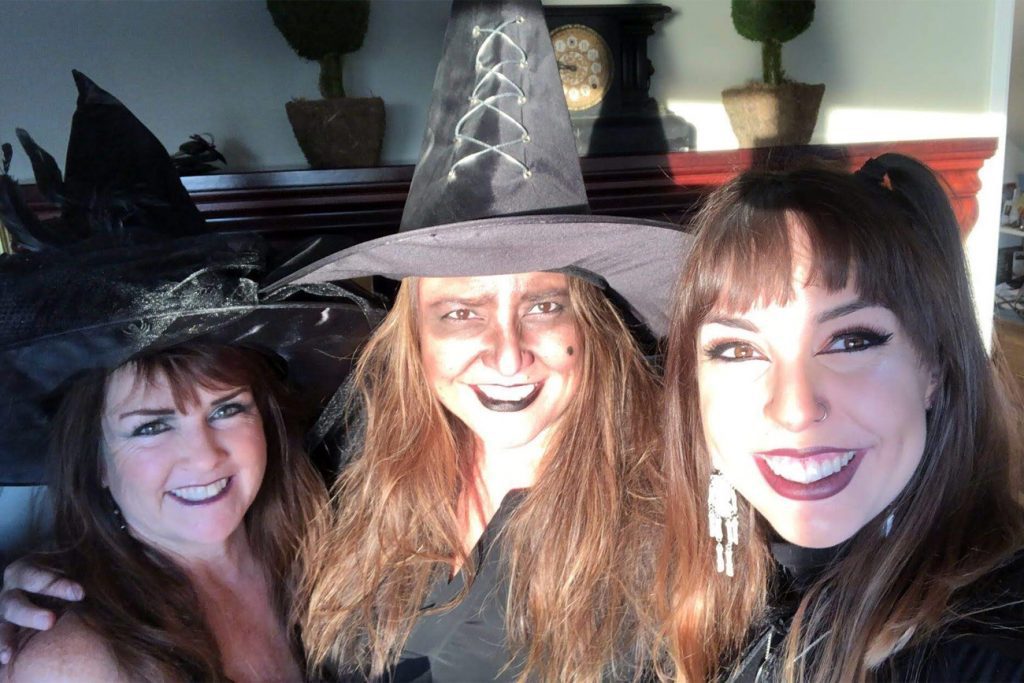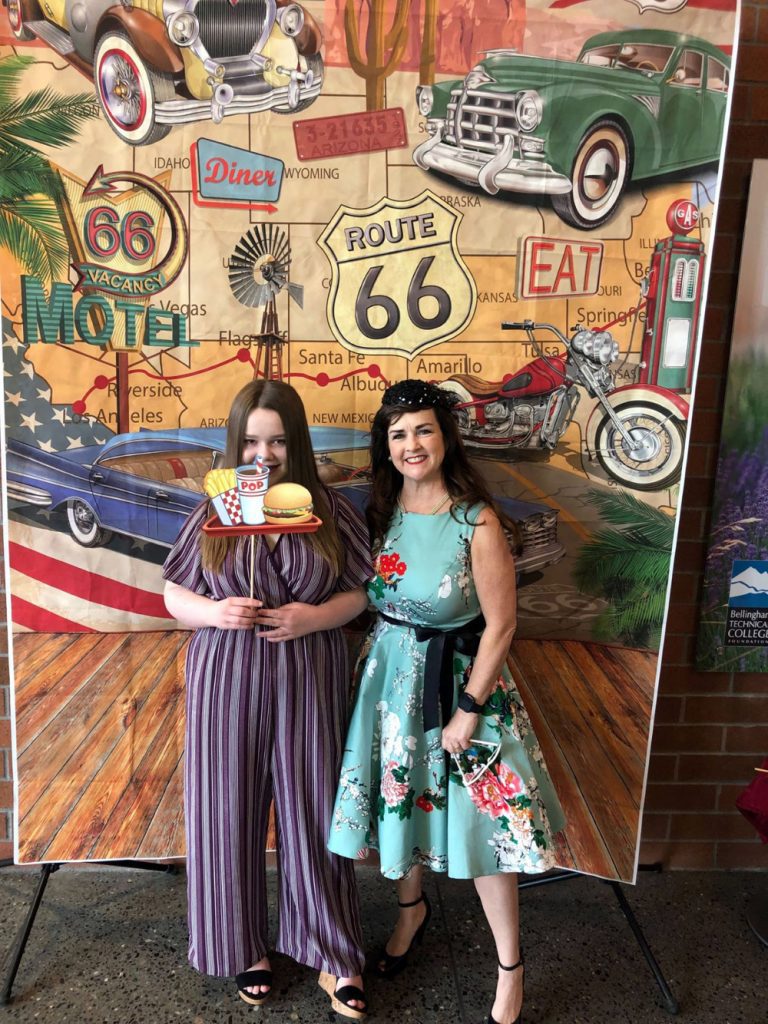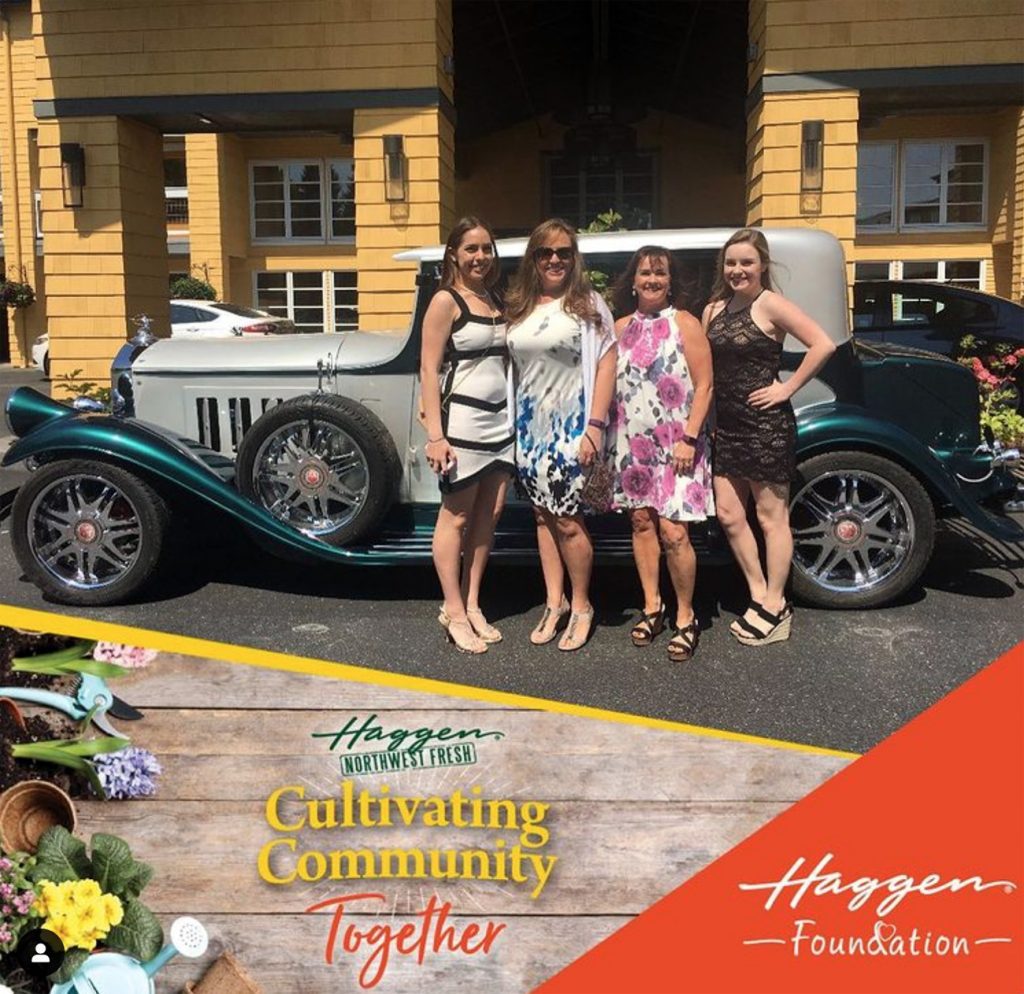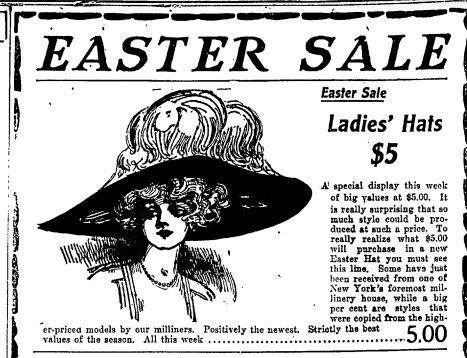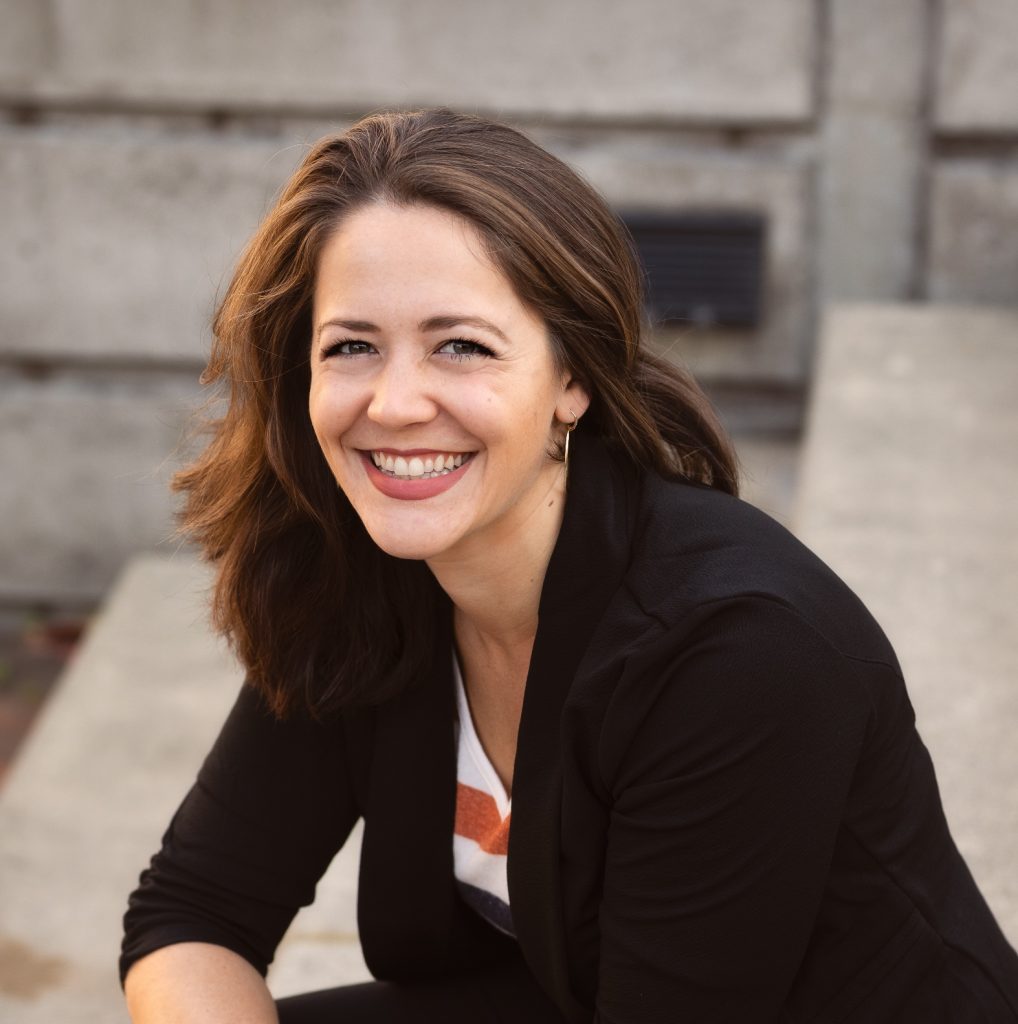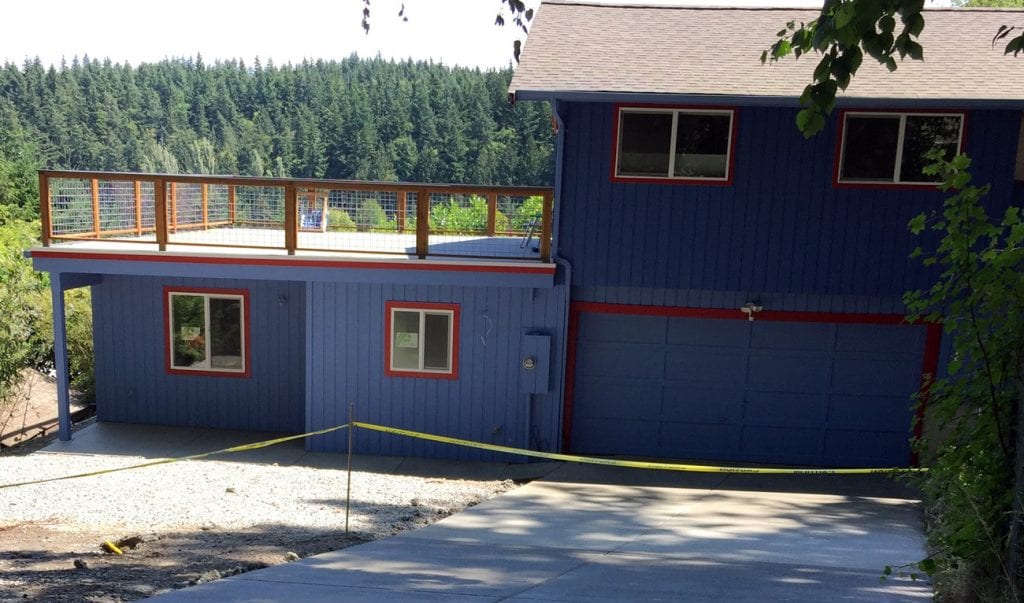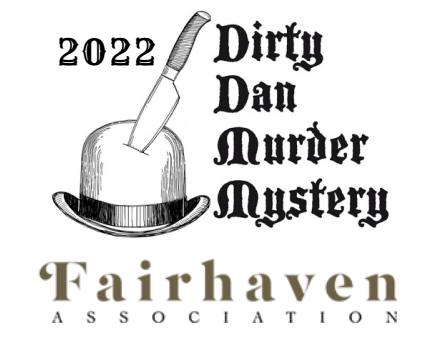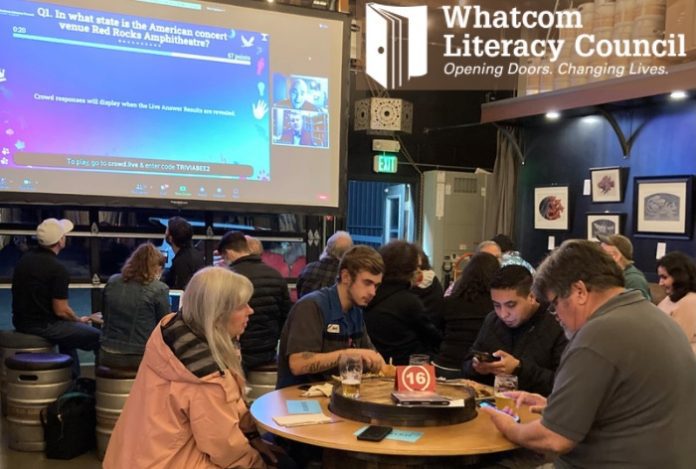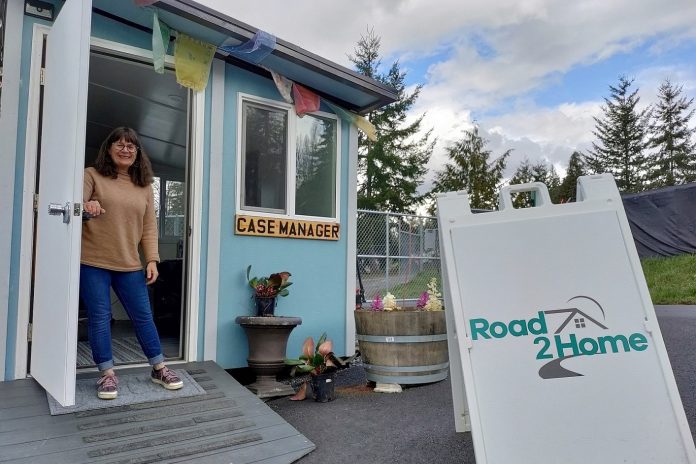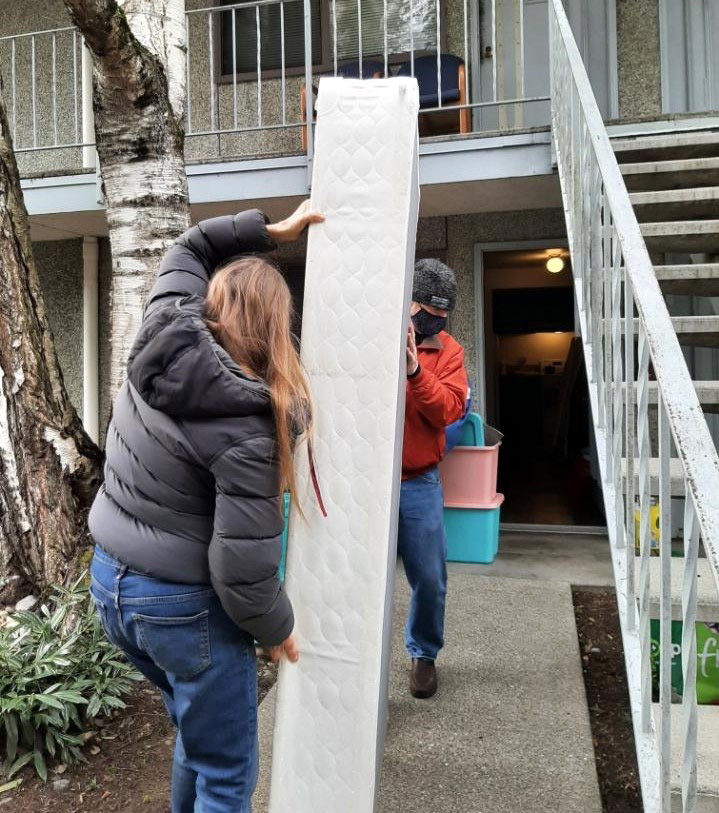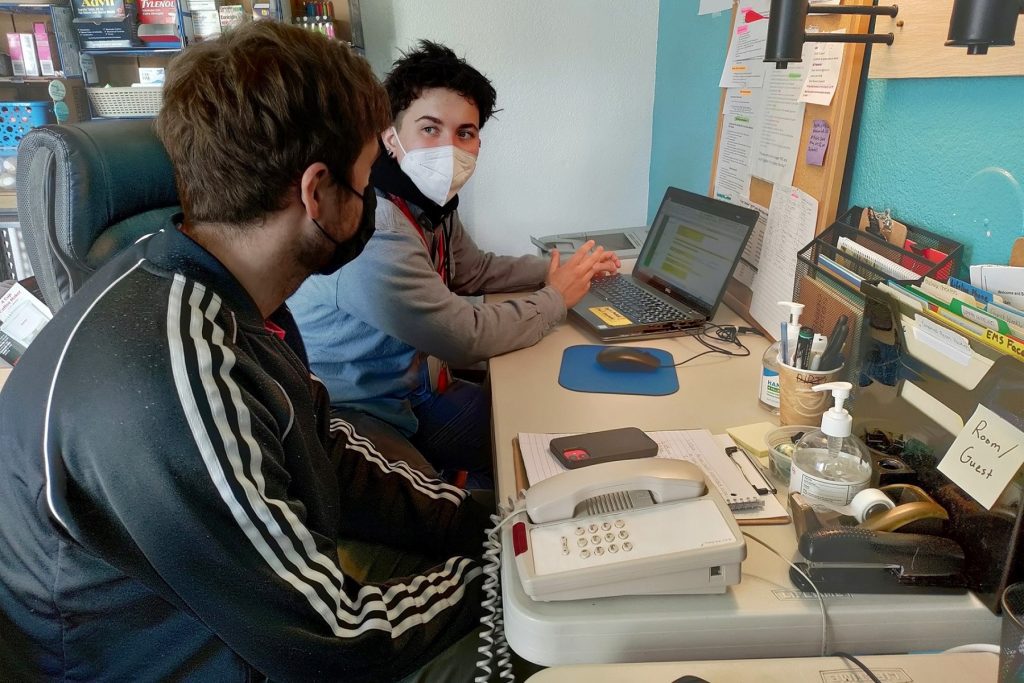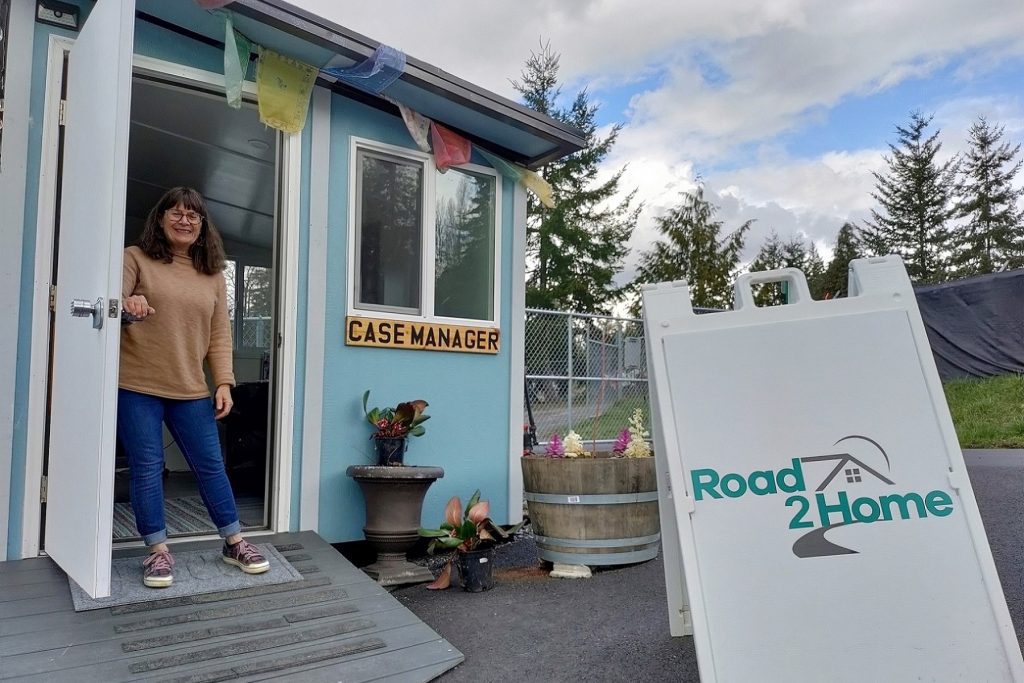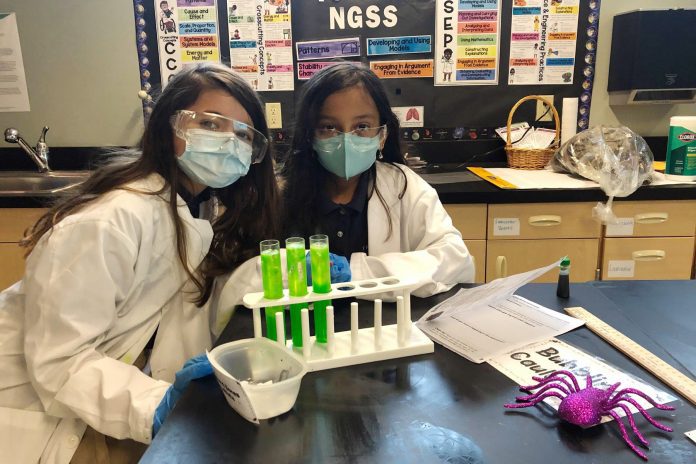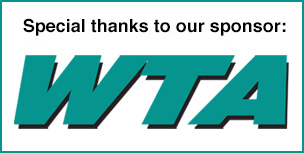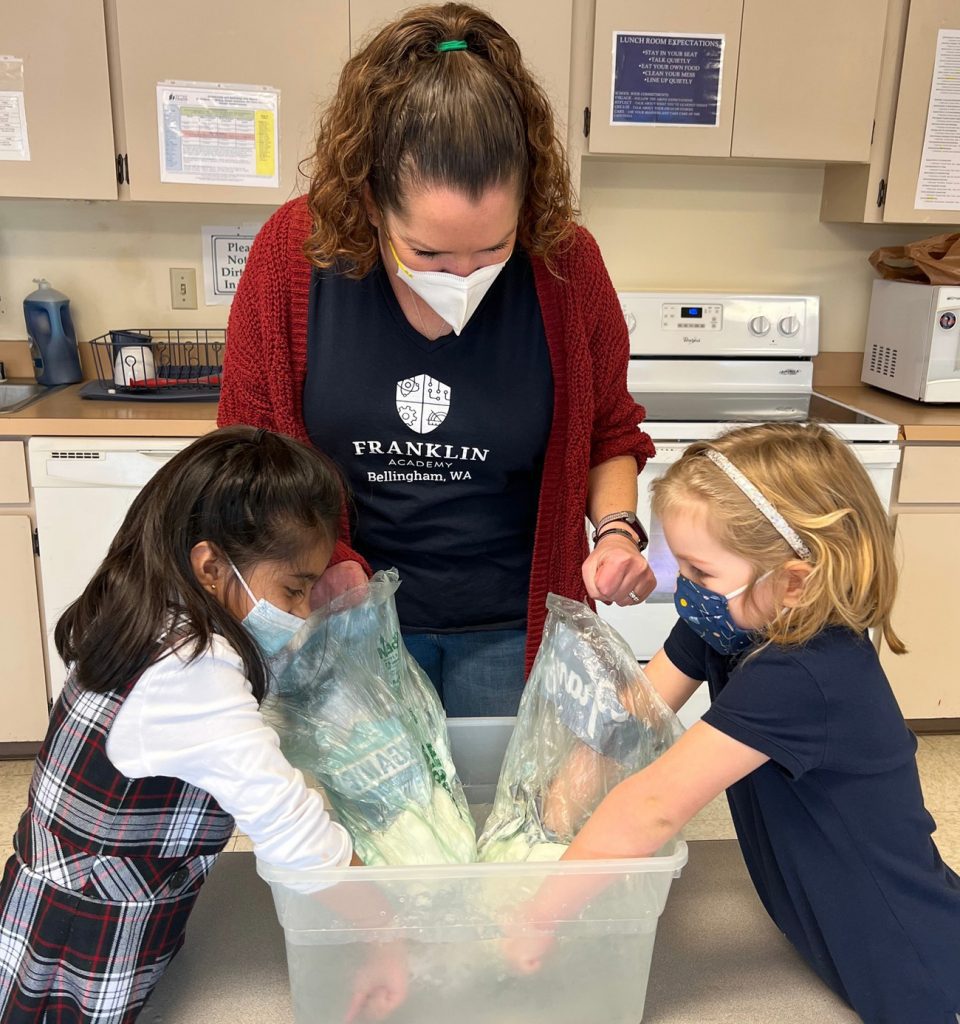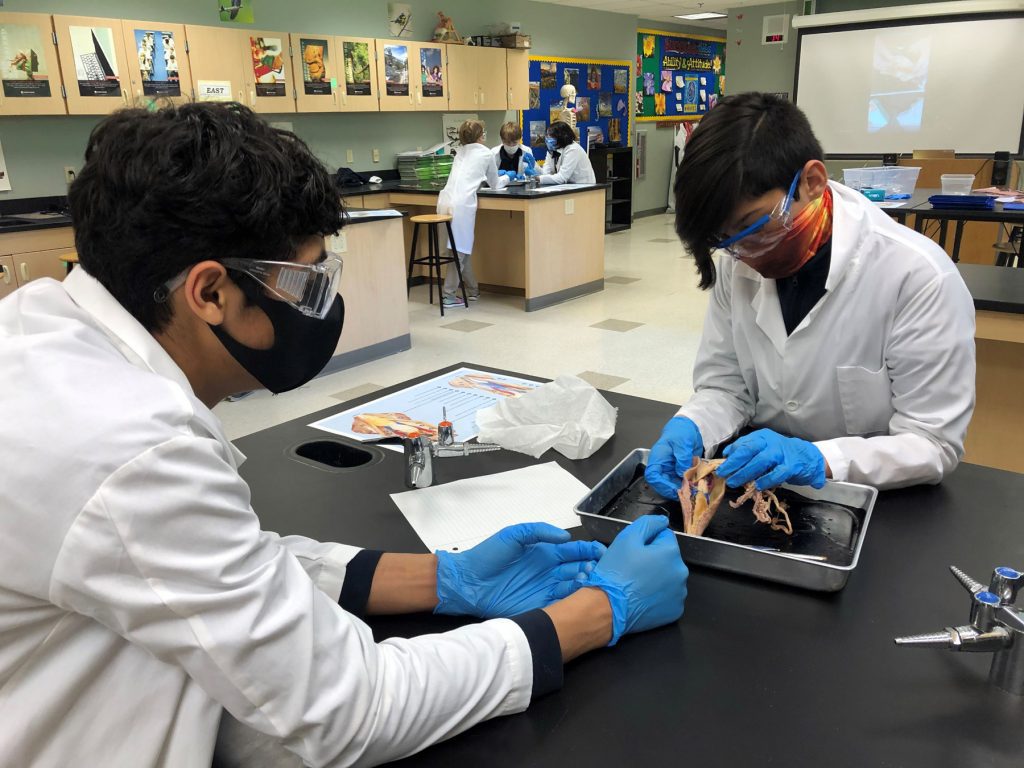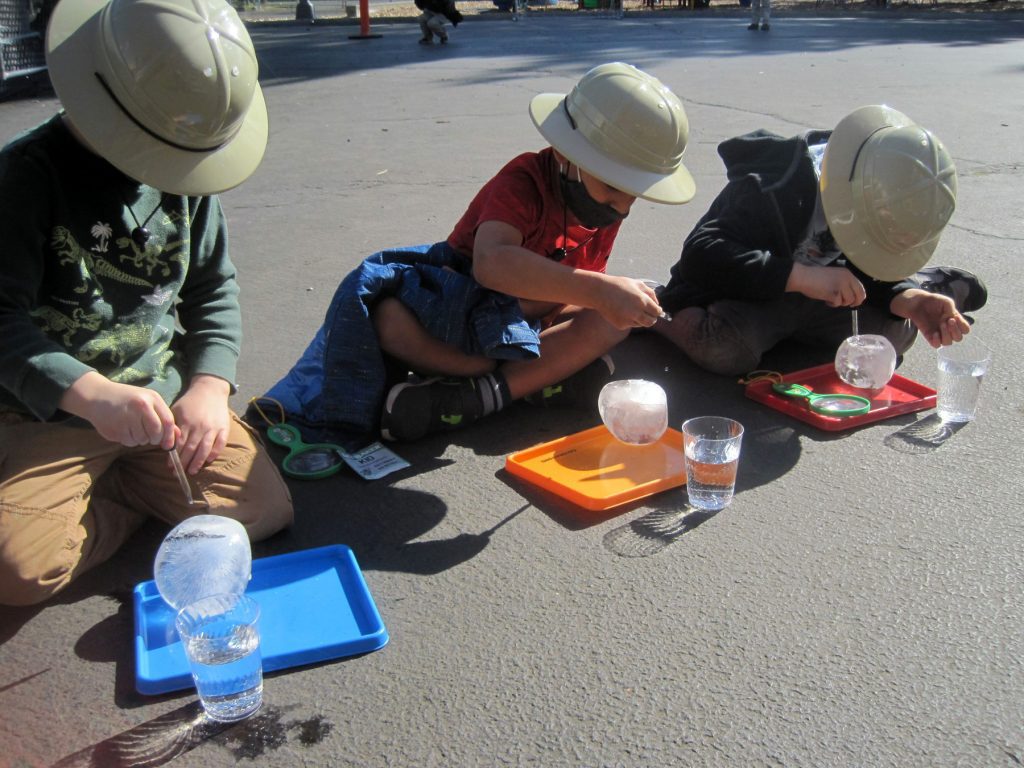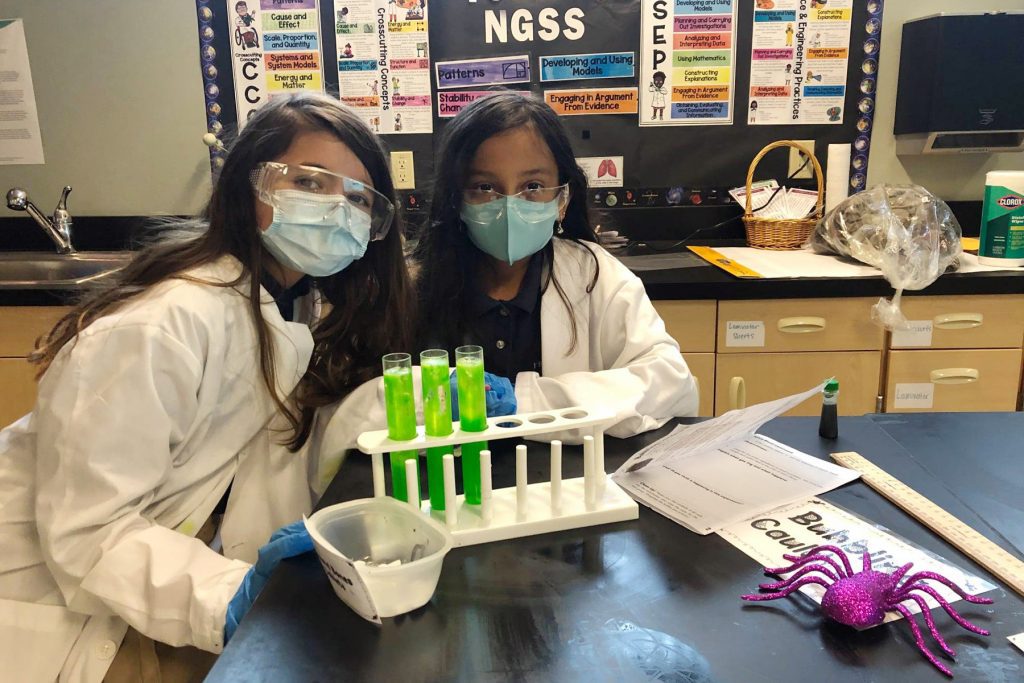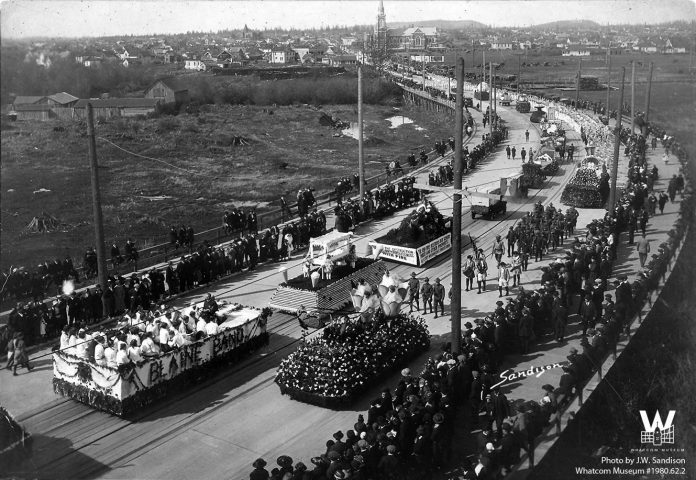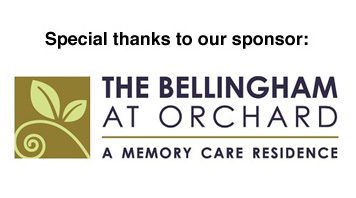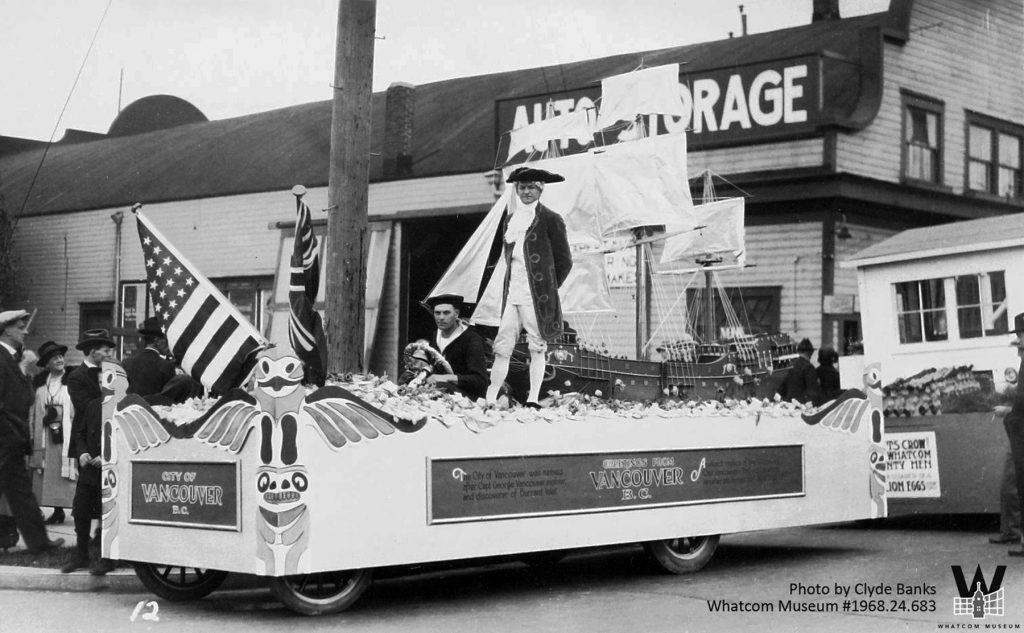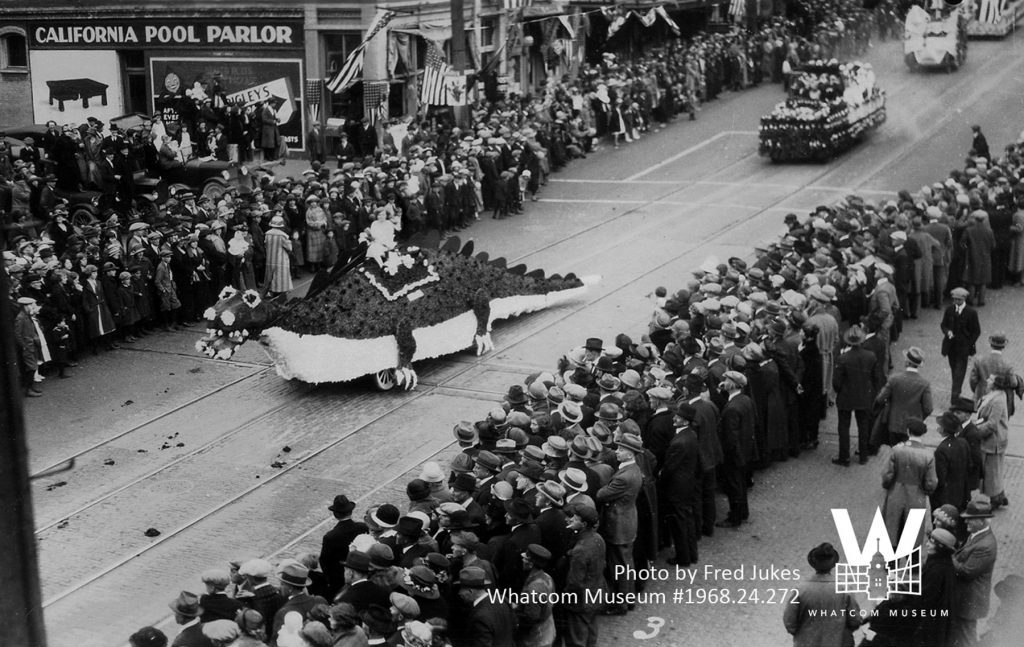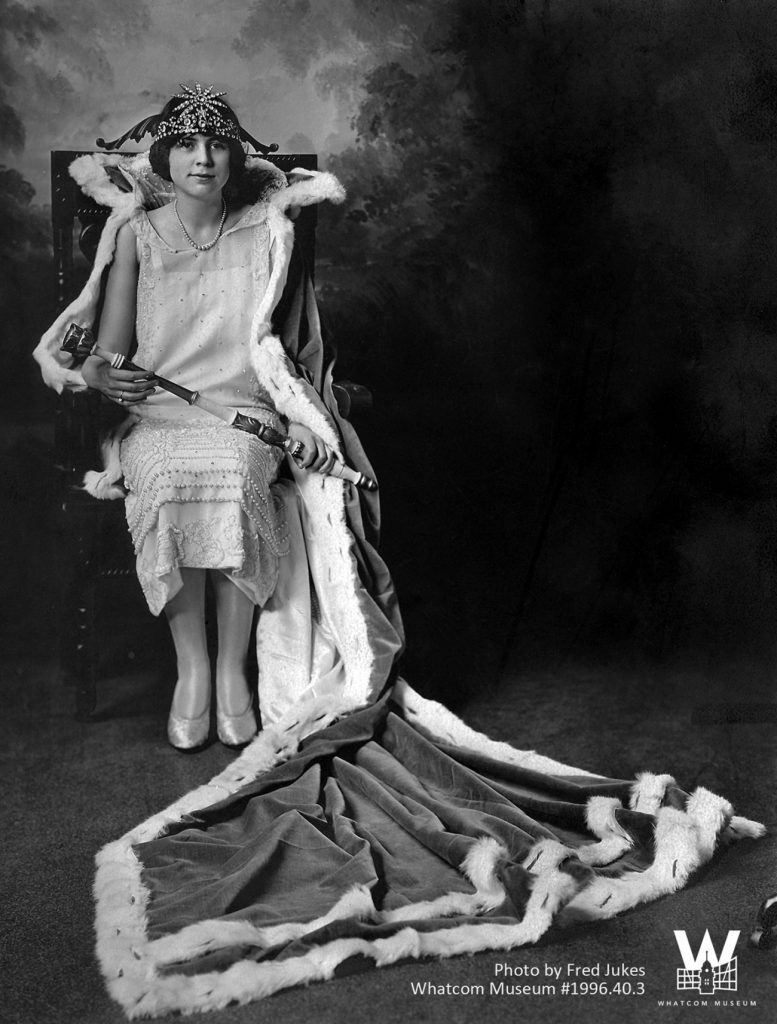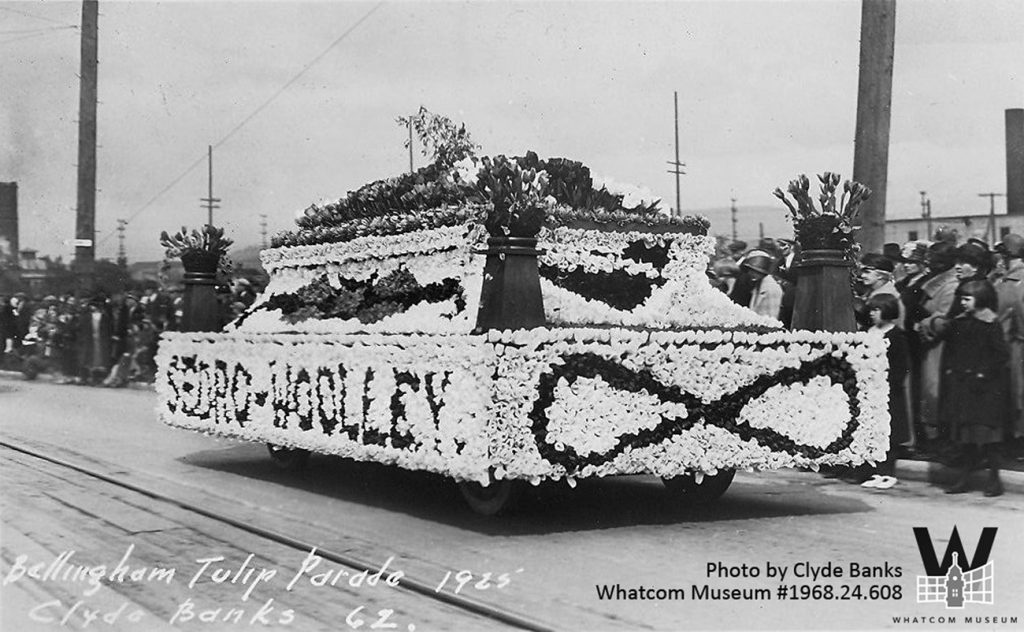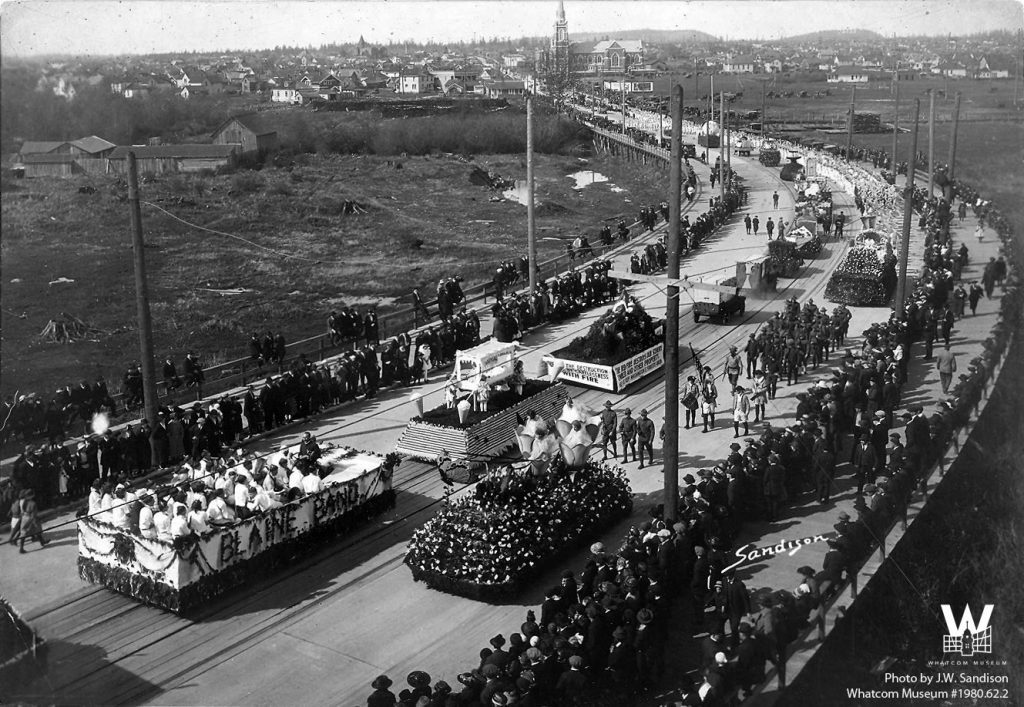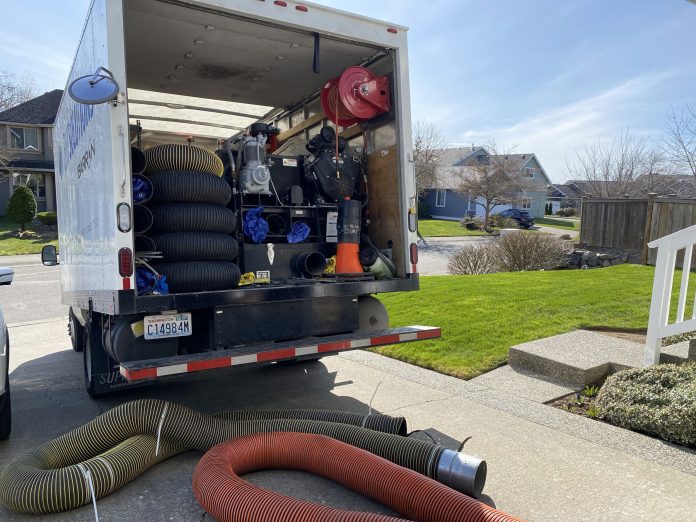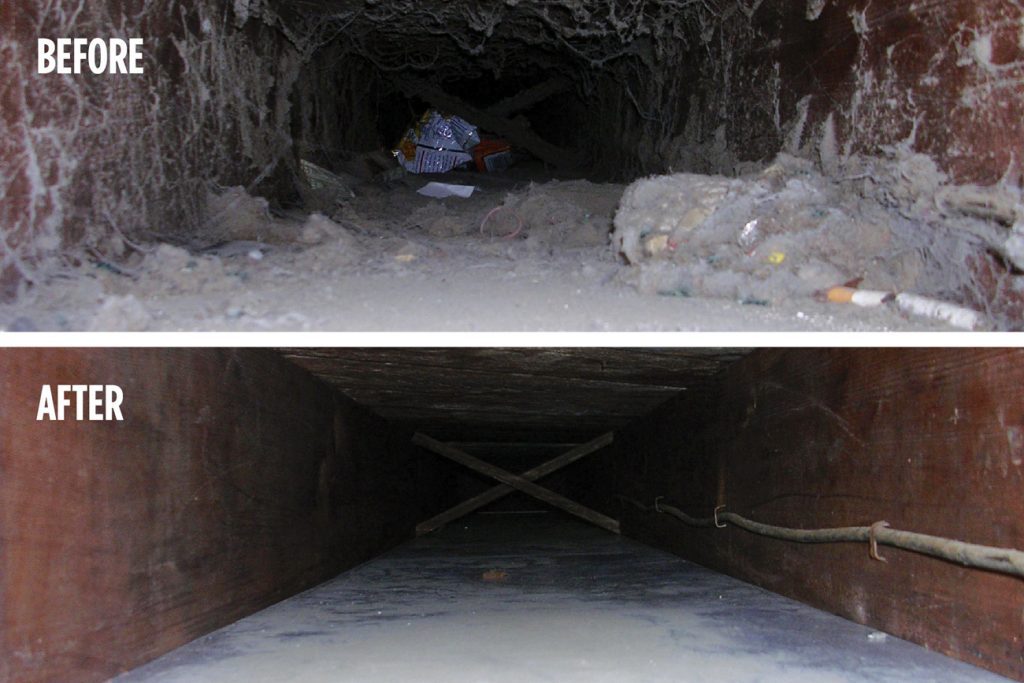Investing is one of the top methods for developing and maintaining your wealth. Whether you’re just starting your career, planning your future, building a successful and lucrative business, or solidifying your legacy, smart investment decisions can propel your financial plans.
WhatcomTalk sits down with Earl Johnson, an LPL Financial Advisor with First Federal Investment Services, a relationship between LPL Financial and local community bank First Fed. Johnson offers clients a clear approach to practicing strategic investments.

“You can think of it like a three-legged stool,” says Johnson. “The first leg is what many banks have traditionally been engaged with when it comes to investment services — deposit alternatives that are provided by insurance companies, also called annuities.”
The next piece is something new First Federal Investment Services is starting: a financial planning program that offers clients the ability to sit down with an advisor and go through a discovery process that will help them put together a financial plan for themselves. It examines their monthly budget against retirement goals, or the efficiency of how they’re allocating their resources while in retirement.
The final component of the three-pronged approach is an extension of the financial planning program. “The third leg helps investors with resources beyond annuity type needs, including long-term capital that is managed in stock and bond portfolios,” Johnson says. “We guide people in determining their risk tolerance and help them find managers able to meet their criteria.”
All three work in tandem to provide a comprehensive financial planning package to investment services clients, regardless of where they are in their financial journey.
While Johnson emphasizes that you can start an effective financial plan at any age, every life stage is significant for developing an investment portfolio, starting from the very beginning of your career.
“The first thing we would want to review is the retirement planning opportunities available through their employer,” says Johnson, “Most young folks don’t have enough income to participate in both a 401k plan while contributing to their own investment plan outside of the company’s 401k.”
Johnson says it’s essential that young investors understand the value of their company’s retirement plan options and how to best use the benefits of a traditional or Roth 401k contribution based on the percentage of money a company will match.
“When they sign up for that program, we make sure they understand how to maximize their investment with their company’s matching program,” Johnson says. “It’s like getting a free raise.” If available, a company retirement plan can also be a huge benefit when looked at over a long period of time and contribute toward your ultimate financial goal.
Another advantage to investing young is having the opportunity to explore, and even make mistakes in the stock market with time to correct them before it really matters. “Understand the value of time and don’t be so concerned about what to choose,” says Johnson. “That confusion can stop people from making any choice at all, when it’s important to take advantage of the retirement plans that offer a real benefit.”
As a mid-life established investor, your financial services should revolve around planning and diversifying your investment portfolio. At this stage in life, there can be a significant number of changes that directly impact your finances, like buying or selling property, health expenses, or a child’s tuition. Advisors can help navigate these adjustments with efficiency and profitability.
“If you’re established, hopefully you’ve been contributing to a 401k opportunity for a number of years, or perhaps you have some generational inheritance,” Johnson says. “We provide a survey to evaluate what resources you currently have and make sure they are working optimally toward your goals and retirement.”
Most of the time, this is an exercise that helps provide clarity for investors. The financial check-up makes their goals apparent and helps create a more defined map of what their needs will be in retirement. First Federal Investment Services has mathematical models and planning tools that can help people visually see that by pursuing different investment choices, they can change their trajectory of where those assets will grow in their remaining years before retirement. “These tools can give them an idea if they’re saving enough today to work towards their goal,” says Johnson. “It gives people time to change things when they can still make a difference.”

During the prime working years, people can build toward financial freedom in retirement and a fruitful legacy for their families. Financial planning in retirement can be similar to mid-life strategy, but the same investments are viewed through a different lens.
“It really comes down to what can best be described as risk management,” Johnson says. “Are you generating enough income to meet your needs? And, if you are, are you generating more than you need? Are you taking more risk in your portfolio than you need to meet your goal?”
Johnson prescribes balance between the level of risk for the return received.
“In your younger years, you could have 90% of your money in tech stocks,” says Johnson. “As a retiring or retired investor, the volatility with that type of investment structure is probably much more than you want to tolerate. We help people quantify those risks and rewards.”
Investing is one of the best ways to help yourself ensure a retirement lifestyle you can enjoy with the people you love the most. First Federal Investment Services is ready and willing to help you work towards those goals with efficiency and a personal touch from an amazing team of advisors and financial planners.
To connect with Earl Johnson, visit the First Federal Investment Services website at: https://www.ourfirstfed.com/investment-services.

Sponsored






